Have you ever wondered what to expect when having a professional mold inspection? It can be intimidating to think of someone coming into your space and evaluating it for potential hazards. However, it’s important to understand that the process is designed to keep you safe and informed about any mold that may exist in your home or business.
A professional mold inspector will conduct an initial inspection, sample collection, analysis of the samples, source identification, remediation plan development, and deliver a final report.
In this article we’ll explore each step of the process in detail so you know exactly what to expect during a professional mold inspection.
Initial Inspection
Upon arrival, the inspector will quickly assess the situation and begin their initial scrutiny. Preparation steps will include ensuring that safety protocols are in place so that everyone involved remains safe throughout the inspection process.
As part of this step, the inspector may ask questions about any past mold concerns in order to better understand the environment and potential risks associated with it. They will also inspect all accessible areas for visible mold growth or water damage, as well as take detailed notes on areas that should be tested and potential reasons for contamination if present.
After completing this assessment, they may recommend additional testing such as air quality sample collection to further investigate possible mold growth or exposure levels within a given area.
It’s important to note that no matter what stage of an inspection you are in, safety is always the top priority and must never be neglected during any professional mold inspection process.
Sample Collection
Sampling is key – you can’t make an informed decision without it. During a professional mold inspection, the inspector will use various testing methods to collect samples of affected materials. They may even employ moisture control techniques to help identify potential sources of water damage in your property.
Generally, they’ll take swab and bulk samples from areas that have visible signs of mold growth or where there is high humidity and excessive moisture present. Other sampling methods include air quality testing, surface sample collection, and tape lift tests.
To analyze the collected samples properly, the inspector will send them off to a third-party laboratory for further analysis. It’s important to note that most laboratories require at least 48 hours after receiving a sample before getting results back; so it’s not uncommon for it to take several days before you get any real answers about what type of mold is growing in your home or business.
In some cases, additional testing may be required depending on the initial findings and results from the lab analysis.
Analyzing the Samples
Once the samples have been collected and sent off to a lab, it’s time to wait for the results – eagerly anticipating what secrets they’ll reveal about your home or business.
The testing protocols used by the laboratory are designed to identify any traces of mold spores in the air, as well as any mold growth present on surfaces. Air testing is typically done using spore traps which collect and analyze airborne particles for fungal contaminants.
Surface tests are conducted by taking swab or tape lift samples from areas where visible signs of mold may exist. Once all samples have been received at the laboratory, they will be examined closely under a microscope in order to determine if any mold is present and its genus or species type.
Depending on the scope of work being performed, additional tests may also be conducted such as viability assessment (to determine if colonies are active) or molecular testing (for identification purposes). Knowing these test results allows professionals to better understand how far-reaching a potential problem might be and develop an appropriate plan of action accordingly.
With this knowledge in hand, you can confidently move forward with finding the source of your mold issue and developing an effective remediation strategy.
Finding the Source of the Mold
After analyzing the samples, it’s time to dive into finding the source of the mold infestation – like a detective searching for clues in an unsolved case.
A professional mold inspection involves identifying signs of moisture buildup that could be causing or contributing to mold growth. They will also conduct moisture testing around windows, doors, and outside walls. In addition, they will inspect areas where plumbing is located, such as bathrooms and kitchens.
The inspector will examine any visible signs of water damage in attics, basements, and crawl spaces. They will also locate and identify leaks, both current and past, in order to pinpoint potential areas of concern.
Taking all of this information into account, the professional inspector will determine the source of the mold issue and develop a plan to remediate it effectively. From there, they’ll move on to developing a remediation plan tailored specifically for your property’s unique needs.
Developing a Remediation Plan
You’re ready to tackle the mold issue, but how? Developing a thorough and effective remediation plan is key for getting rid of it once and for all.
The professional mold inspector will make recommendations on the best preventative measures as well as treatment options to get rid of the mold. This could include items such as sealing cracks or replacing drywall, running dehumidifiers, or using an antimicrobial agent to cleanse the air and surfaces.
Your inspector will also provide advice on ways to maintain a healthy indoor environment going forward by providing tips on ventilation, temperature control, and moisture management. All of these steps are critical in ensuring that your home stays mold-free in the future.
Armed with this information, you can begin implementing your customized remediation plan with confidence. Now that you have a clear understanding of what’s needed to solve your mold problem, it’s time to look at what comes next: reviewing the final report.
Final Report
Reviewing the final report is the last step in tackling your mold problem, so let’s take a look at what it says.
The professional mold inspection should have identified any sources of moisture that may be causing the problem and made recommendations for corrective action. It should also include a detailed description of any visible or potential mold growth, along with identifying risks such as health risks associated with exposure to mold and safety precautions needed to reduce risk during remediation efforts.
Remediation recommendations should be included in the report, such as recommended steps for addressing the source of moisture and eliminating the presence of active mold colonies, as well as suggestions for preventing future reoccurrences.
The report should also provide an estimate of the costs associated with completing all necessary remediation work.
As you review this information, make sure you understand everything included in the report before proceeding with any further actions.
With a thorough understanding of your current situation, you’ll be able to move forward confidently knowing that you’re taking all appropriate steps to remedy your mold issue.
Conclusion
Preparing for a professional mold inspection can seem overwhelming, but with the right preparation and team of professionals, it’ll be a breeze! Your experienced professionals will take care of everything from the initial inspection to finding the source of the mold.
It will feel like a breeze, and even better, they’ll provide you with an incredible final report that will make all your worries about mold disappear in an instant.
So don’t wait, make sure to get a professional mold inspection as soon as possible!

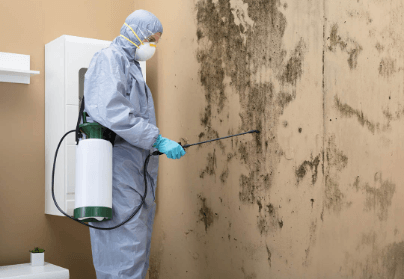
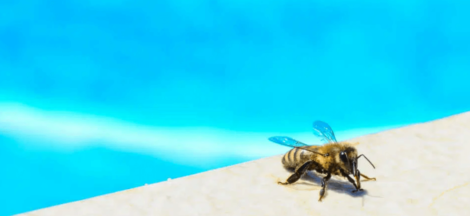
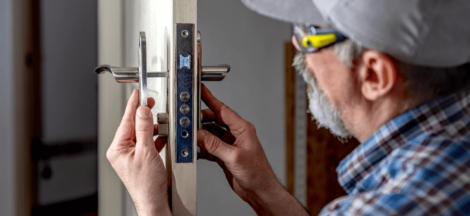
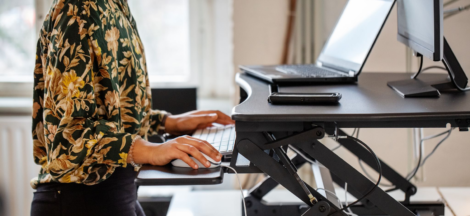
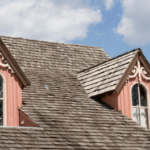 Exploring Different Roofing Styles For Your Replacement
Exploring Different Roofing Styles For Your Replacement